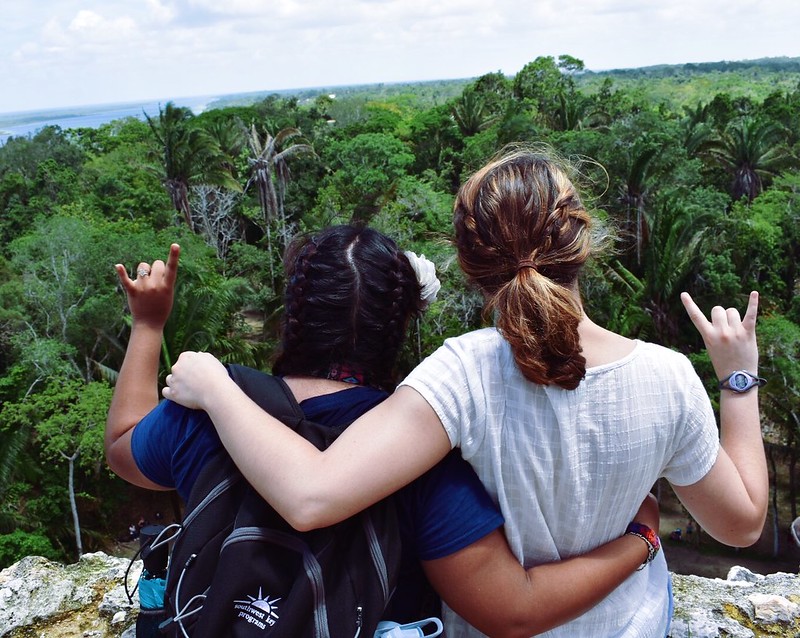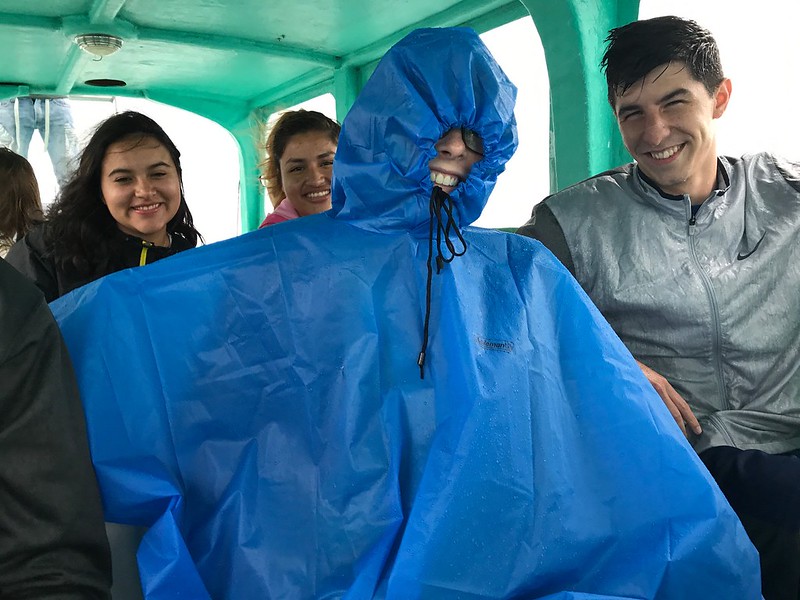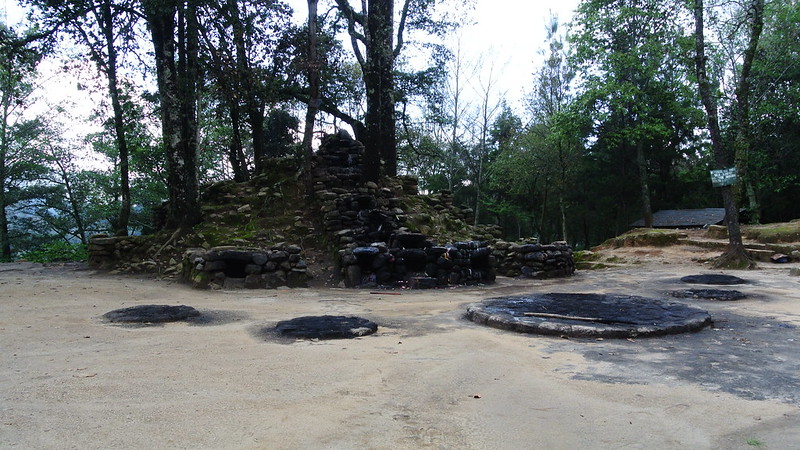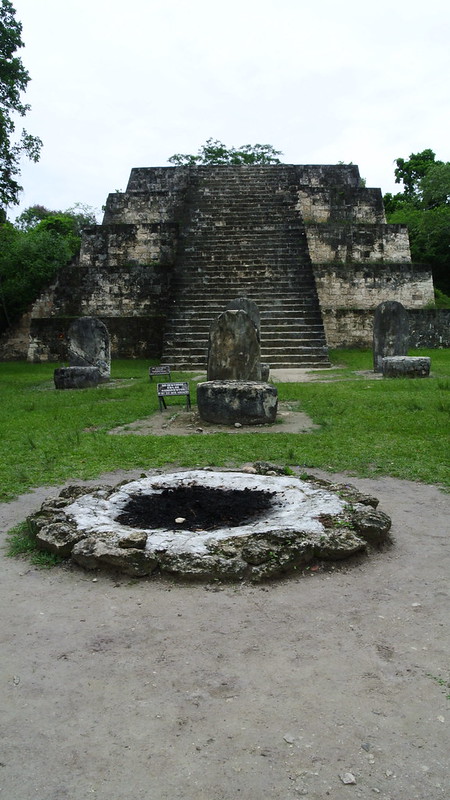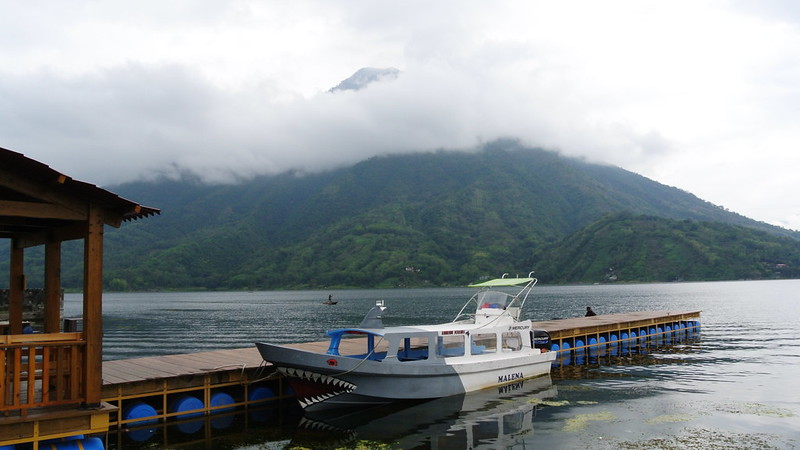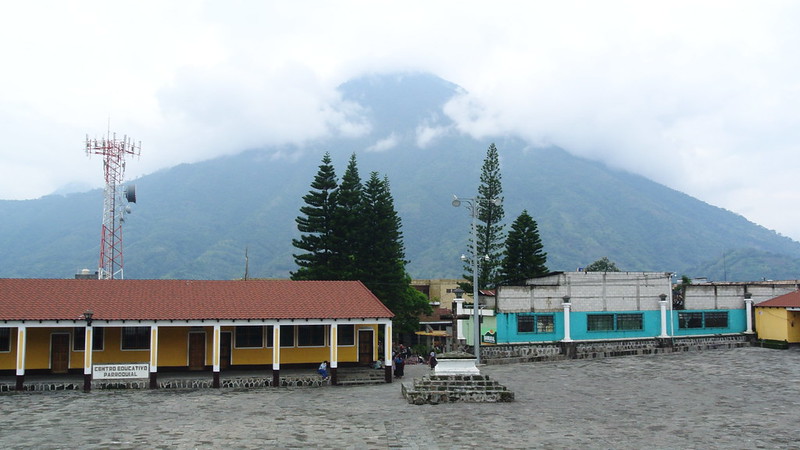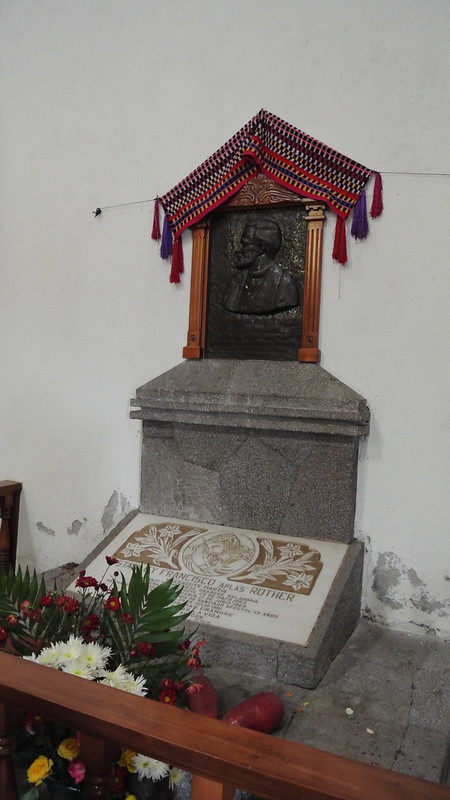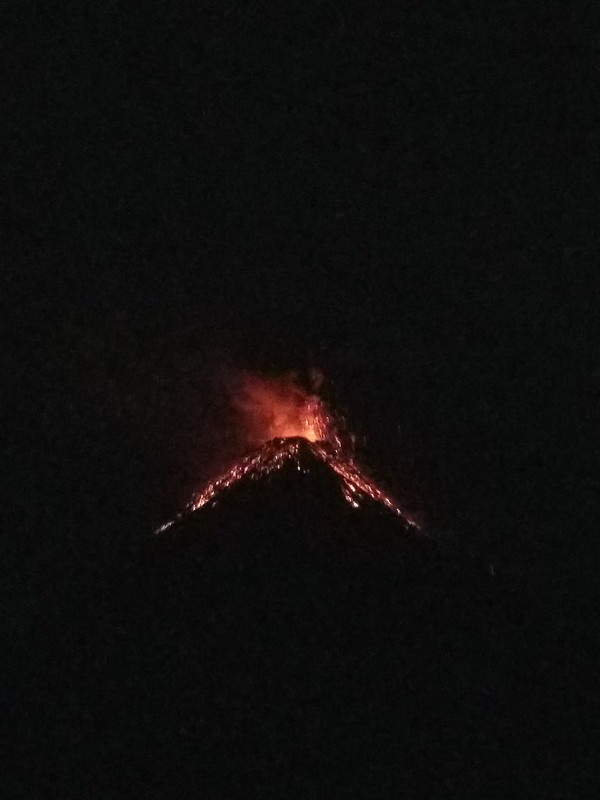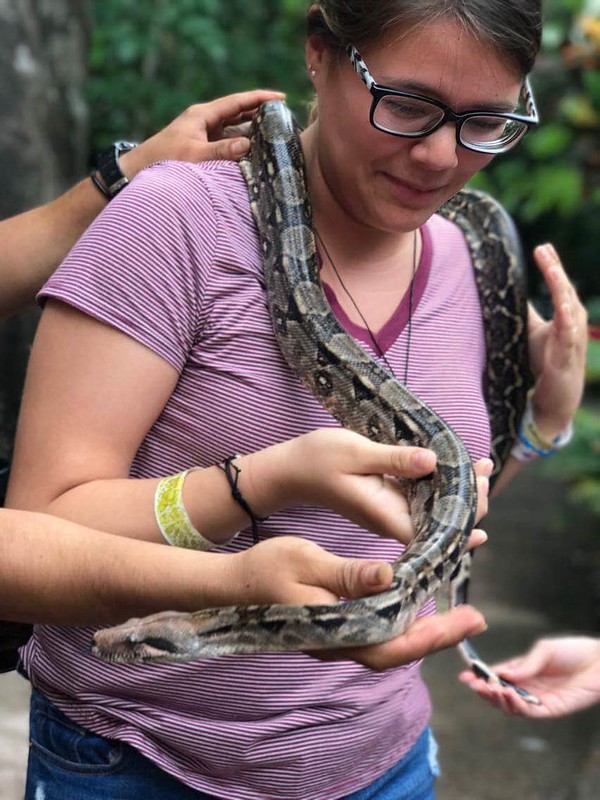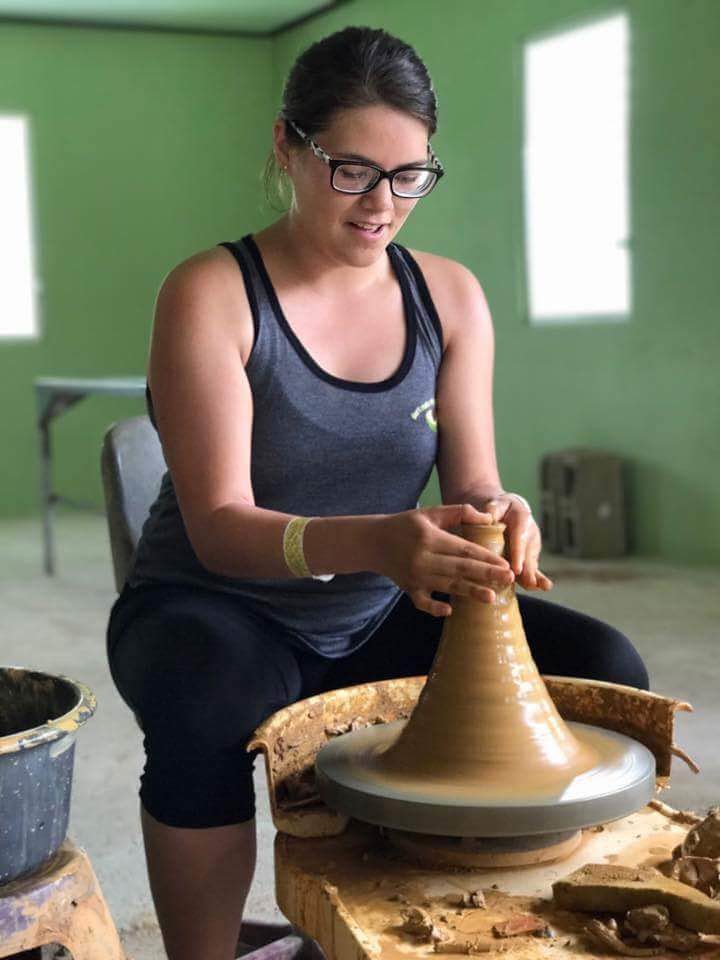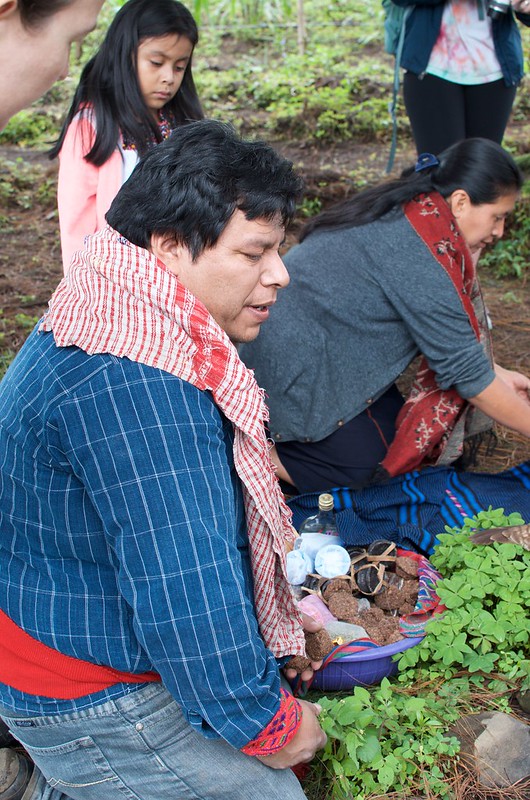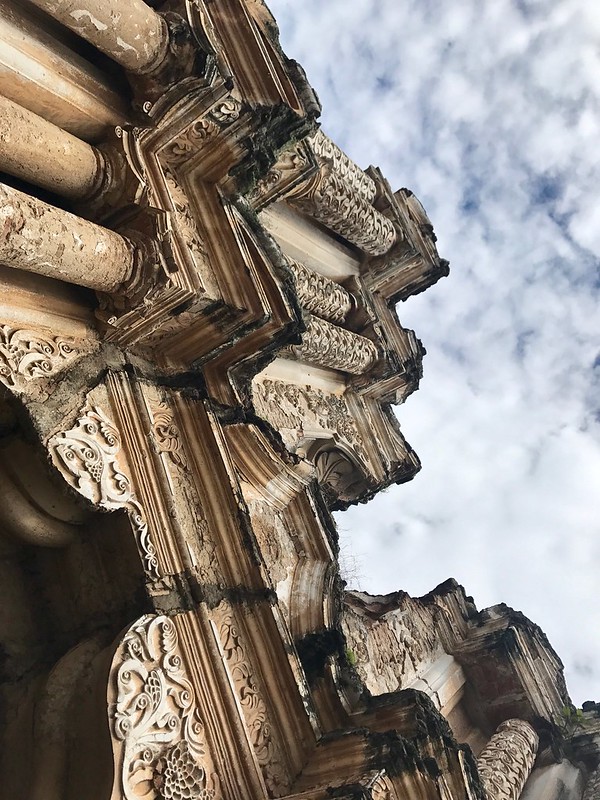The sun began to peek through my blinds on the morning of May 31st. It was finally the date I had seen stamped all over emails since I had applied for the Maymester program last fall — departure day. I finished packing my clothes and double-checked for my passport. As my dad drove me to the airport, I didn’t know what to expect for the next month (which ended up being one of the best of my life).
Now on June 30th, I watch the sun fade below the horizon from my patio in Dallas. I fumble around my home, but it seems different now. I seem different. I am different. I came home with only a month more of time in my possession, yet a lifetime more of experiences and memories. A lifetime more of awareness.
Whenever someone hears I just got back from Guatemala and Belize, the first question they ask is, “What’s your favorite thing you did?” It’s hard to choose when I have done so much — hiking a volcano, going to a black sand beach, visiting ancient ruins sites, feeding a wild monkey, swimming with sharks and manta rays — but what has stuck with me the most from this adventure is not a touristy attraction that people want to hear about, but the new feeling in my heart and opening of my eyes.
The reality of third world countries was shocking to me. My heart hurts every time I think about Janial, an 11 year-old boy I played volleyball with who no longer attends school because he has to help his dad sell fruit, or Magdalena, a woman whose husband was murdered brutally and randomly in the civil war. These people have drastically different lives from mine simply because of where they were born. Humans should not have to choose between food and medicine, sacrifice education to put food on their family’s table, and live each day wondering if they’ll be able to earn even a dollar.
This is not to say that there are not things I prefer about Guatemala and Belize. In America, it’s easy to plug in our earbuds or open up our screens and create our little life bubbles to block out the world. In contrast, no one in these countries disconnects from their surroundings while walking the streets. Instead of people avoiding eye contact with me, I felt welcomed and part of the community from a simple “hello” or “good morning”. I really enjoyed getting away from such an individualistic society as the US for a month.
These same little life bubbles we find shelter in allow us to be oblivious to the struggles of millions of other people. We get so caught up in ourselves that we forget to appreciate our access to clean water, plentiful amounts of food, higher education, comfortable homes, or even just the sense of safety and security that governments are supposed to give ALL of their people. These are the things that are the hardest but also the most important to think about. Real people with real lives and families live this reality everyday.
This is supposed to be a “goodbye” post, but I can’t imagine that this is the end of my connection with the places I visited, the incredible professor I had, or the amazing friends I made. So to Guatemala, Belize, Dr. Runggaldier, and my peers — see ya later. Thank you for the greatest month of my life.


